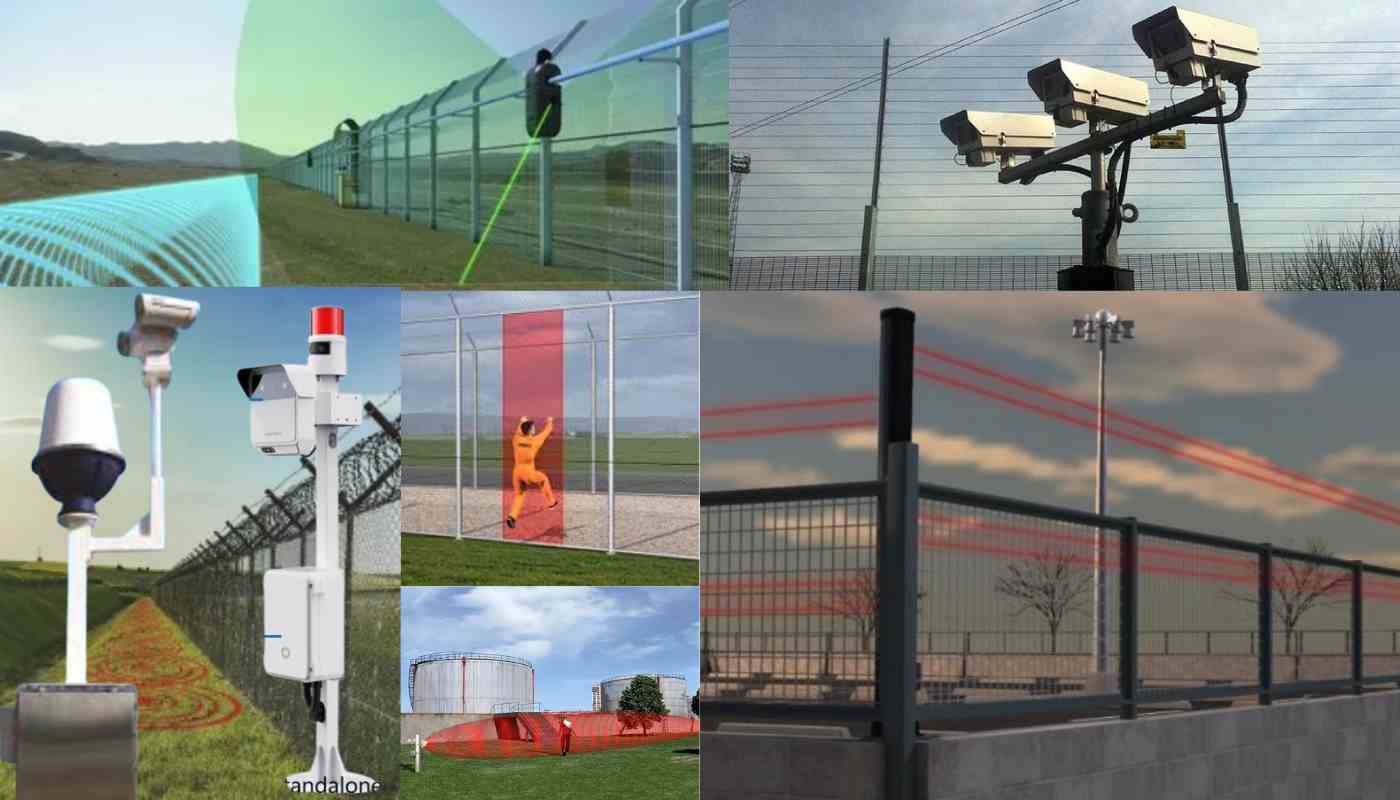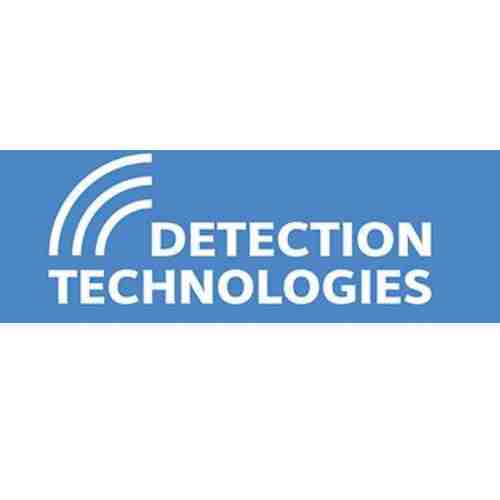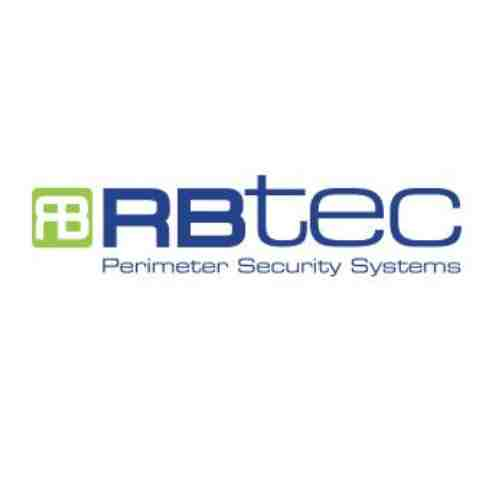Airport Security Perimeter Detection System in Japan in 2025
The Land of the Rising Sun is also a leader in rising security innovations. Japan’s airports are renowned for their efficiency and meticulousness, and a large part of that reputation hinges on their top-notch security systems. In 2024, with travel on the rise again, understanding the ever-evolving world of airport perimeter detection systems in Japan is not just insightful, it’s crucial.

Perimeter Security
Imagine a layered defense system, each ring fortifying the one within. That’s the essence of airport perimeter security. It all starts with a seemingly ordinary fence, but this is no passive barrier. Security fence sensors, often embedded in the very fabric of the fencing, can detect everything from vibrations caused by cutting to pressure changes from someone trying to climb over.
These sensors feed data to a central hub, where perimeter security AI takes over. Using advanced algorithms, this artificial intelligence can differentiate between a harmless gust of wind and a potential intrusion attempt. This not only reduces false alarm rates, but also allows security personnel to focus on genuine threats.
Technological Sentinels
While the fence acts as the first line of defense, it’s not alone. Millimeter wave radar (MMW) scanners stand guard, silently emitting radio waves that can detect objects hidden beneath clothing. This offers a non-invasive security screening method for those entering the airport.
LiDAR (Light Detection and Ranging) technology adds another layer. It uses pulsed lasers to create a detailed 3D map of the surrounding area. Any unauthorized movement or object breaching the pre-defined perimeter triggers an alert.
CCTV surveillance remains a security mainstay. However, in 2024, Japan’s airports are embracing intelligent video analytics (IVA). This sophisticated system goes beyond passive recording. IVA can detect suspicious behavior, such as loitering or attempts to tamper with security measures.
Drone Detection and Facial Recognition
Drones pose a unique security challenge for airports. Here, Japan’s ingenuity shines. Drone detection systems can identify and track unauthorized drones, allowing security to take appropriate action.
Facial recognition technology is another innovation taking the skies in Japan. While privacy concerns are paramount, these systems can be used to identify known or suspected security risks, streamlining security checks for low-risk passengers.
Integration and Risk Management
No single security system exists in a vacuum. In Japan, security integration is key. All these systems – fences, sensors, cameras, facial recognition – work together seamlessly. Data from each source is fed into a central command center, providing a holistic view of the airport’s security posture.
Risk management is another cornerstone of Japanese airport security. Security companies in Japan conduct regular vulnerability assessments, identifying potential weaknesses and implementing mitigation strategies. This proactive approach ensures that the airport’s security posture remains robust.
The Irreplaceable Security Force
While technology plays a starring role, it’s important to remember that human security personnel are the heart and soul of any airport security system. Japan is known for its meticulous training programs, ensuring that security staff is highly skilled in identifying threats, operating security equipment, and responding to emergencies.
The Future of Airport Security in Japan
As technology continues to evolve, so too will Japan’s airport security systems. We can expect to see even more sophisticated perimeter intrusion detection systems (PIDS), incorporating advanced sensor technology and even sharper AI analysis.
Cybersecurity will also be a growing focus. As more airport systems become interconnected, robust measures will be needed to protect against cyberattacks.
Smart airports are another area of development. These airports will leverage the Internet of Things (IoT) to create a seamlessly integrated security network, further enhancing efficiency and effectiveness.
A Fortress in the Sky
Japan’s airport security systems in 2024 are a testament to the country’s commitment to innovation and vigilance. By layering different technologies, integrating them seamlessly, and prioritizing risk management, Japan has created a security environment that is both secure and efficient. As travelers take to the skies again, they can do so with the peace of mind knowing that Japan’s airports are among the most secure in the world.
FAQs
What are some of the key technologies used in Japan's airport perimeter security systems?
In 2024, Japanese airports utilize a layered approach. This includes security fences with built-in sensors, millimeter wave radar scanners for non-invasive screening, LiDAR for 3D mapping, and CCTV with intelligent video analytics for behavior detection.
How does Japan address drone threats at airports?
Advanced drone detection systems are in place to identify and track unauthorized drones, allowing security to take swift action.
How are Japan's airport security systems integrated?
Japan prioritizes security integration. All systems, from fence sensors to facial recognition, work together to provide a holistic view of the airport’s security posture through a central command center.








